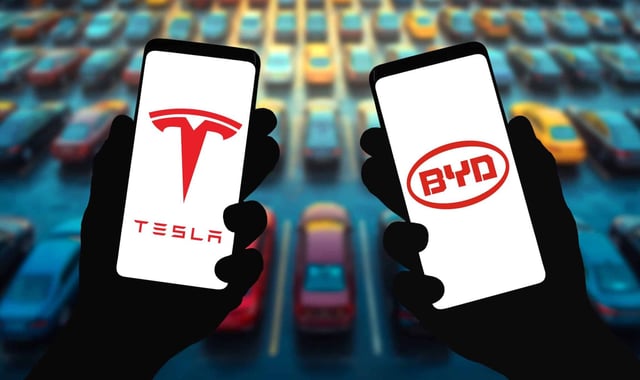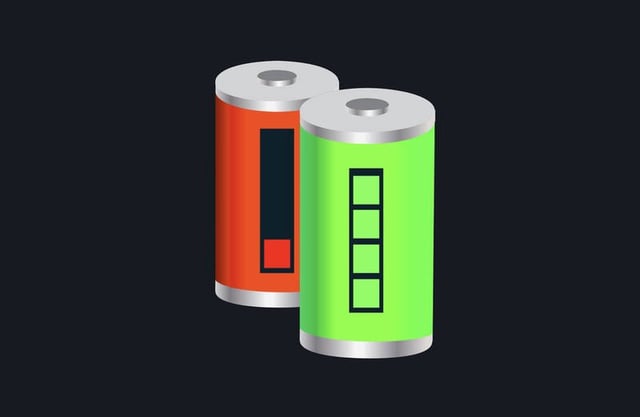Overview
- Tesla's 4680 battery focuses on high energy density and performance, making it ideal for long-range electric vehicles, while BYD's Blade battery emphasizes affordability, safety, and thermal efficiency.
- BYD's Blade battery uses lithium iron phosphate (LFP) chemistry, which is cost-effective and thermally stable, whereas Tesla's 4680 cell employs a nickel-manganese-cobalt (NMC811) blend for higher energy density.
- The study found that BYD's battery generates half the heat per volume compared to Tesla's at the same charging rate, simplifying cooling requirements and improving efficiency.
- Material cost analysis revealed BYD's battery is approximately €10 cheaper per kilowatt-hour to produce due to its use of less expensive materials, giving it a competitive edge in affordability.
- Both batteries share similar proportions of non-active components and rely on laser welding, but their design philosophies reflect distinct priorities for performance versus cost-effectiveness.

